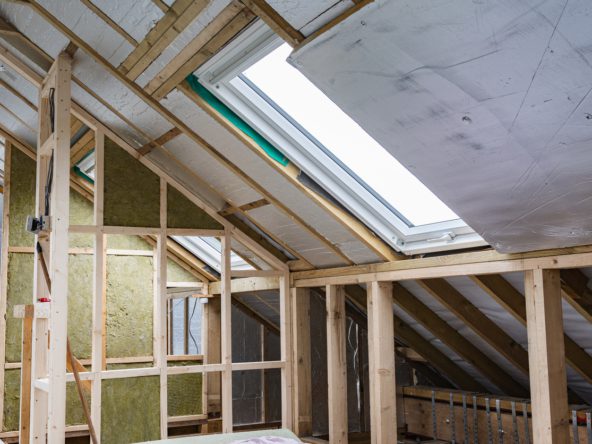Conveyancing is the term commonly used in real estate to describe the act of legally transferring property from one party to another, the transfer of legal ownership of land, building or home. A conveyance is done using an instrument of conveyance, – which is a legal document such as a contract, lease, title, or deed,– which outlines the obligations and responsibilities of both the buyer and seller including the purchase price, date of transfer, and any other terms and conditions associated with the sale. The documents provided for conveyancing typically include the deed, mortgage documents, certificate of liens, the title insurance binder, and any side agreements related to the sale.
6 stages of The Conveyancing Process:
1. Sale agreed
2. Letter of loan offer from your bank
3. The pre contract enquires
4. Contracts for sale
5. Completion of sale
6. Stamp duty and registration of Title
Sale Agreed
With the help of an estate agent/auctioneer, a buyer and seller willagree on a purchase price and once an offer is accepted, the purchaserwill pay a refundable booking deposit to the estate agent. Thebooking deposit may vary, but generally estate agents seek in the region of 5%of the purchase price. It is important to note that at this stage, the depositis still refundable and there is no binding agreement made.
If you are selling property, it is vitally important to appoint asolicitor before you put your property up for sale. If you are buying aproperty, appoint a solicitor as soon as you go sale agreed. He/she willoversee the transaction and act in your best interests, while ensuring theprocess is conducted as efficiently as possible.
If the property you are buying is second-hand, your solicitorshould strongly advise you to get a full structural and planning survey carried out by a qualifiedarchitect/engineer; as once contracts are signed, the purchaser agrees to take the property in its currentstate of repair and condition, therefore it is imperative this be carried out priorto signing.
Letter of Loan offer
The Vendor’s (seller’s) solicitor will liaise withthe purchasers (buyer’s) solicitor and will draft Contracts for Sale forthe property, and send them to the purchaser’s solicitor, along with the TitleDeeds of the property, and any other relevant information pre-contract.
If a purchaser is taking out a mortgage, the bank willgenerally require the purchaser to instruct a solicitor and will then send therelevant mortgage documentation directly to the purchaser’s solicitor to bereviewed and be signed in their presence by the purchaser’s. Prior to signing,the solicitor will advise and explain all terms and conditions relating to the contract.
Pre-Contract Enquiries
Once the solicitor receives the Title Deeds,he/she will investigate them and raise any queries that may cause concern, suchas rights of way, planning or environment issues. Only when the solicitor issatisfied with the vendors (seller’s) response, will they instruct thepurchaser to sign the contracts. Once the contracts are signed the purchaserhas some ‘peace of mind’ knowing that the property they wish to purchase is‘above board’ and has, what is known as ‘a good marketable title’, if later downthe line, they wish to sell the property themselves.
The bank will require ‘a good marketable title’as a condition for the loan, and the solicitor will then make an ‘undertaking’to the bank, which is a legal promise to the bank that the loan funds will notbe used until the marketability of the title has been confirmed.
Contracts for Sale
Once the Titledeeds have been investigated by the purchaser’s solicitor and the terms andconditions agreed, the solicitor will witness the purchaser sign the contractsand then return them to the vendor’s solicitor. Upon signing both parties are nowbound to complete the sale. The purchaser will also send a ‘contract deposit’to the vendor’s Solicitor. This is generally 10% of the purchase price less thebooking deposit previously paid by the purchaser. Once this is completed andfinalised, the purchaser’s solicitor will draft up a ‘Deed of Transfer’and send to the vendors to be signed. A closing date will be now agreed betweenthe two solicitors confirming the date the purchasers can collect the keys totheir new property and move in.
The purchaser’ssolicitor will then send a list of questions known as ‘Requisition on Title’ to the vendors solicitor. Further inspection ofthe title now occurs. Once completed by the vendor, the ‘Deed of Transfer’and the ‘Requisition on title’ are returned to the purchaser. Meanwhilethe purchaser’s solicitor will contact the bank regarding the draw down oftheir loan funds. The bank will require you to take out a life insurance policyand home insurance policy prior to the release of the funds.
Completion of Sale
A closing date is now agreed by both solicitors, where theremainder of the purchase price is paid to the vendor(seller) and the purchaser(buyer) moves into their new property. If the property is newly built, the solicitorswill arrange the closing date once a Completion Notice is issued by thebuilders. A snag list is drawn up detailing any unfinished worksin the property. It is advisable to instruct an architect or surveyor to do so beforeclose of sale. It is also advisable for the buyers to ensure that allunfinished works detailed on the snag list are taken care of and completed.
Onthe day the sale closes, Revenue, Bankruptcy, Judgement andSheriff ‘Searches’ are carried out by the vendors solicitor, on both thevendor and purchaser and once satisfied, the remainder of the purchase price isreleased to the seller’s solicitor. The keys are then given to the purchaserand the purchaser can finally move in.
Stamp Duty and Registration of Title
Thefinal step of the process is to get the Revenue Commissioners to stampthe ‘transfer deed’ and secondly registering the title with the PropertyRegistration Authority. Stamp duty is based on the type and cost of theproperty, for example residential properties in Ireland valued up to €1m, thestamp duty is 1% of the purchase price.





